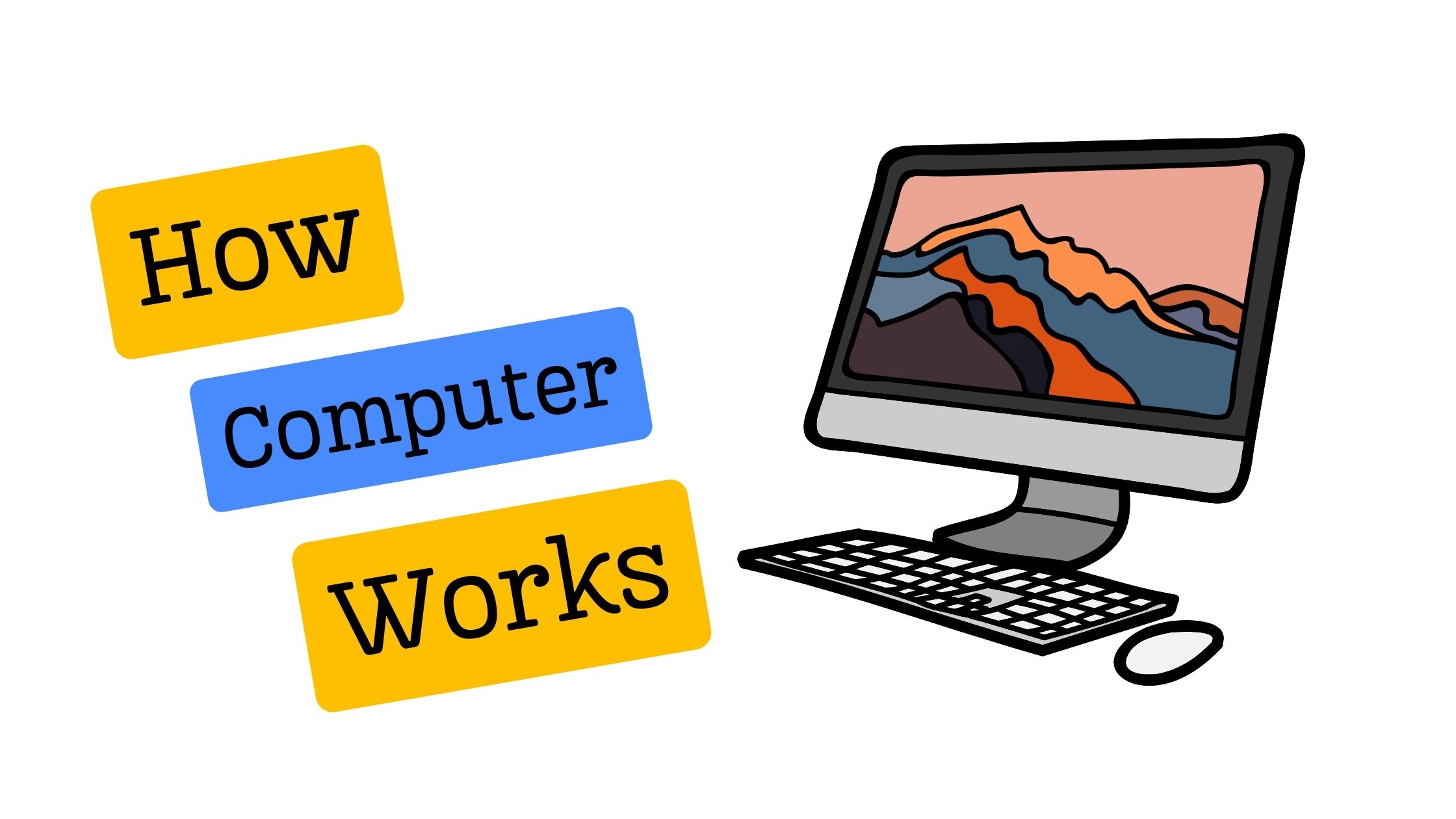Ever wondered what happens between pressing a key and seeing it appear on the screen? Buckle up, because we’re about to deep-dive into the fascinating world of how computers work! It all boils down to a well-coordinated dance between hardware and software, following the principle of Input, Processing, and Output (IPO).
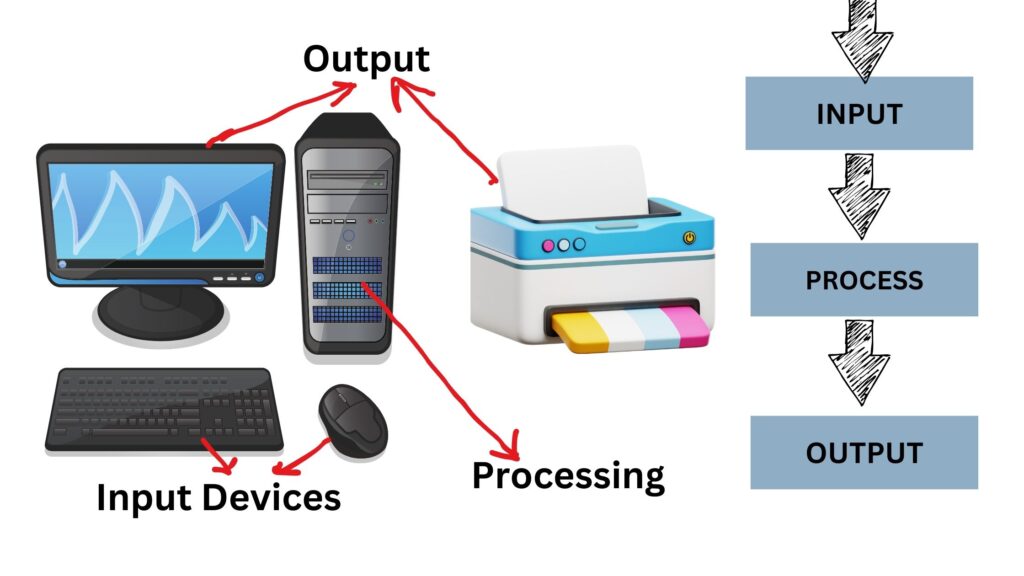
1. Input Devices: The Messengers of Your Commands
Our journey begins with you, the user, providing instructions through devices like keyboards, mice, microphones, scanners, or webcams. Each device acts like a translator, converting your actions into a language the computer understands. For example, a keyboard generates a unique code for each key pressed, while a mouse translates your movements into electrical signals.
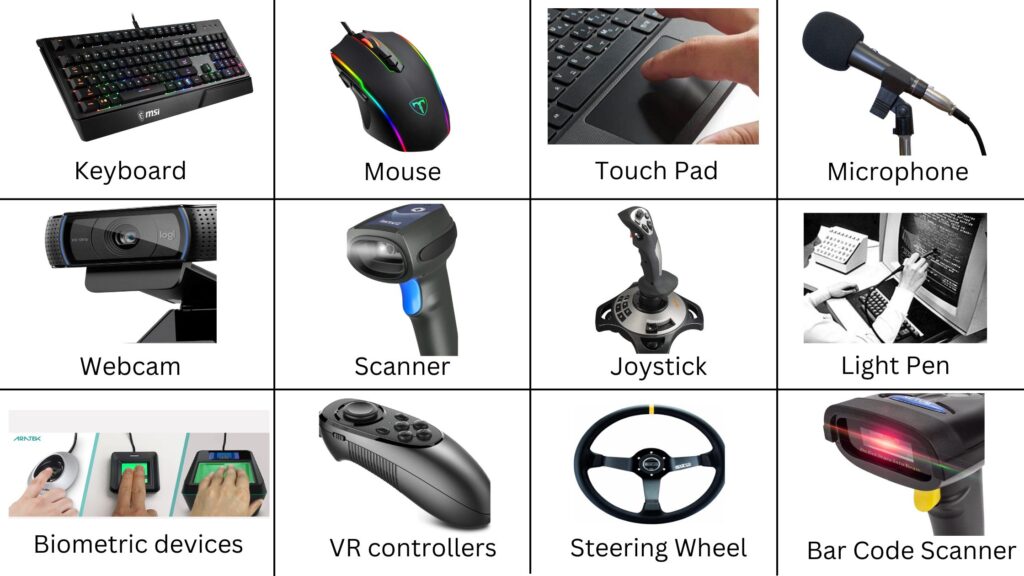
2. Input Processing: The Orchestra Conductor Takes the Stage (The CPU)
The central processing unit (CPU), the brain of the computer, takes center stage. The input device sends the captured information (electrical signals) to the motherboard, the computer’s central highway. The motherboard then directs this information to the CPU’s personal assistant, the I/O (Input/Output) controller chip. This specialized chip acts like an orchestra conductor, taking the messages from various instruments (devices) and ensuring everyone understands each other. The I/O controller translates the device-specific signals into a format the CPU can interpret. Imagine it turning a keystroke into a letter or mouse movement into an on-screen cursor position.

3. Processing and Manipulation: The CPU Works its Magic
Once the CPU receives the processed input data, it springs into action! The way it handles the information depends on the type of input:
- Text: The CPU stores the characters in a special kind of short-term memory (RAM) like a notepad, making them readily available for programs like word processors.
- Mouse Movement: The CPU constantly updates the cursor position on the screen, allowing you to precisely interact with windows and icons.
- Other Inputs: For data from microphones, webcams, or scanners, the CPU might perform additional tasks like converting your voice into digital signals or interpreting an image you scanned.
4. Software Takes Over: The Director Calls the Shots
The specific program you’re using, like a web browser or game, interacts with the CPU to access the processed input data. Think of the program as a director who uses the information provided by the actors (input devices) according to the script (the program’s function). For instance:
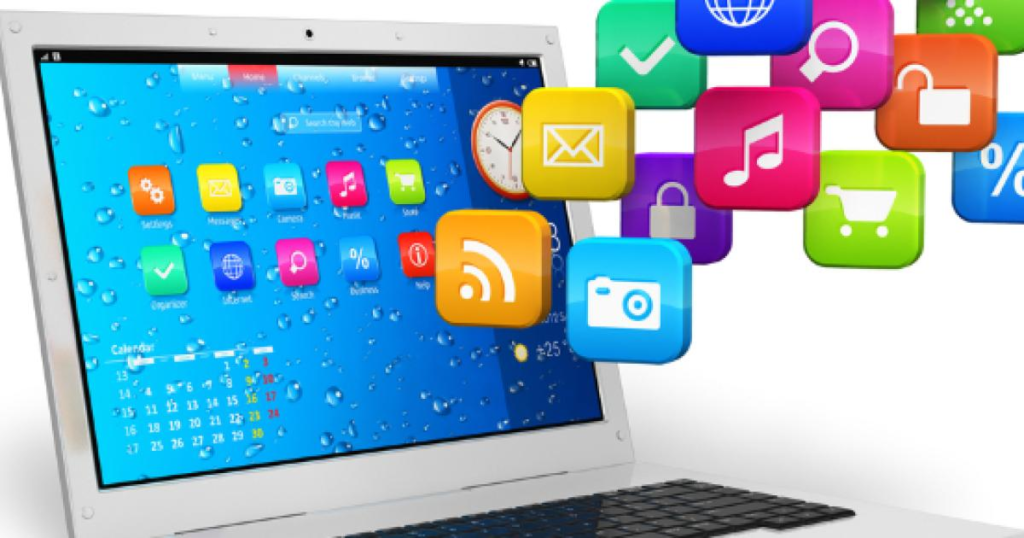
- A web browser would use text input to construct a search query or URL, allowing you to navigate the web.
- A game might use mouse movement data to control your character’s movement on the screen, letting you conquer virtual worlds.
5. Output Delivery: The Grand Finale
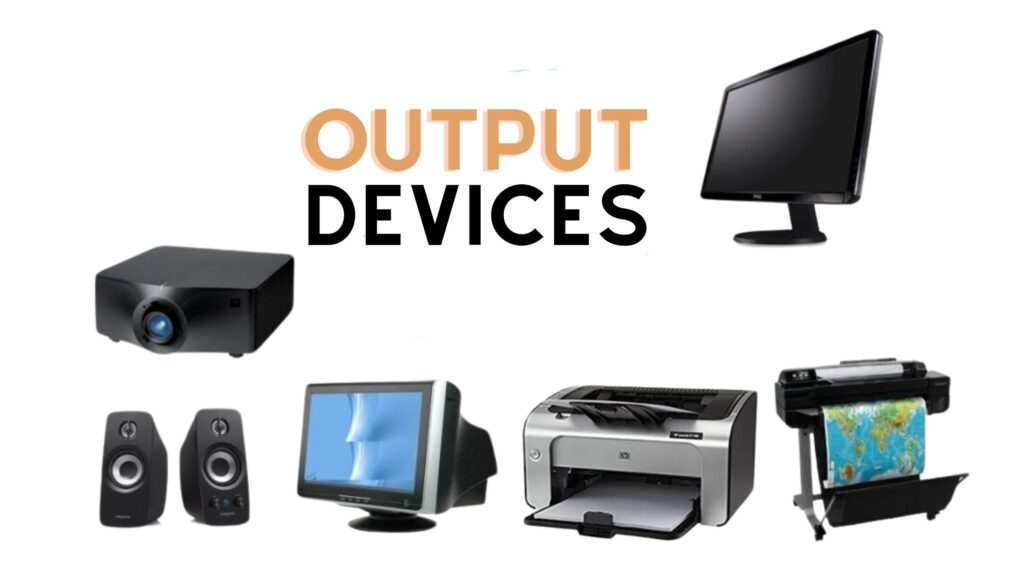
Based on the program’s manipulation of the input data, the CPU might involve the graphics processing unit (GPU) for heavy-duty visual tasks. Finally, the CPU prepares the final output, which could be text on your screen, sounds from your speakers, or a printed document. This data is then sent back to the motherboard’s I/O controller, our trusty conductor. The I/O controller then transmits it to the appropriate output device (monitor, speakers, printer) for you to see, hear, or hold the results of your actions.
Visualizing the Journey:
Imagine the CPU as the conductor of an orchestra. The input devices are the musicians, each with their own instrument and way of playing. The I/O controller translates their music into a format the conductor understands. The conductor (CPU) then coordinates everything, interprets the music (data), and instructs the output devices (speakers) to play the final symphony (processed information) for you to hear (see on the screen).
Remember: This is a simplified explanation. Computers use a complex language called binary code (made up of 0s and 1s) to understand instructions. Software programs are broken down into this code for the CPU to process.
By understanding these basic steps, you’ve unlocked the door to the wonderful world of computers!
